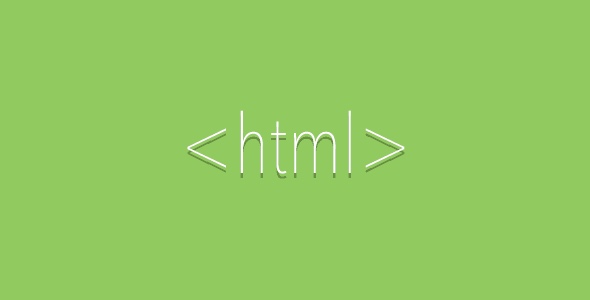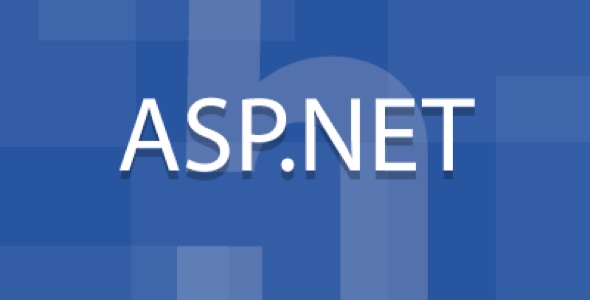Envato Tuts+ Courses
- Video courses taught by expert instructors.
- Learn new skills from start to finish.
- Downloadable Source Files also available on GitHub.
Course Description
When developing a Rails app, you will probably need one or more of these dependencies: a database server, a key-value store, a background worker or a search engine. Installing and running these on your local machine gets messy fast. Data from your app can also interfere with other apps you are developing on the same system. With Vagrant you can isolate these dependencies in a virtual machine, start and stop them at the same time, and prevent yourself and others from having to set up everything again when your system crashes or when you move to a new computer. In this course, you will learn how to create a virtual machine with Vagrant, configure it for Rails development and share it with others.
What You’ll Learn
- Installing VirtualBox, Vagrant, and VMware.
- Setting up your Rails stack.
- Configuring the Vagrantfile.
- Installing and configuring PostgreSQL and Redis.
- The optimal Rails development workflow with Vagrant.
- Exporting and sharing your Vagrant box.
About the Instructor
Markus Muhlberger is a software developer from Vienna, Austria. He mostly works on web applications, focusing on Ruby and JavaScript, but occasionally does mobile development on iOS. Find him on Twitter, GitHub, or on his website.





